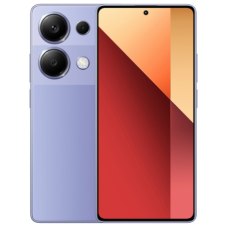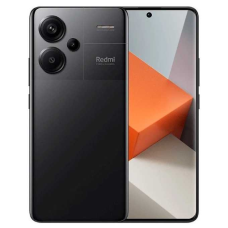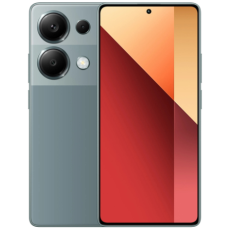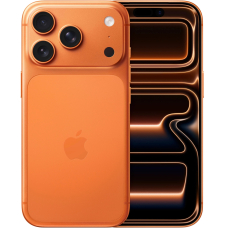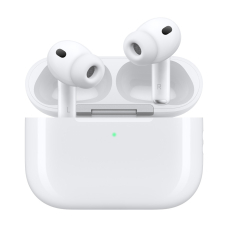Lowest price
Lowest price





 0
0
903 AED
In stock
Price usa / dollars 247 USD
Best price deals
Best price deals





 0
0
1 061 AED
Not available
Price usa / dollars 291 USD
Lowest price
Lowest price





 0
0
903 AED
Not available
Price usa / dollars 247 USD
Lowest price
Lowest price





 0
0
903 AED











